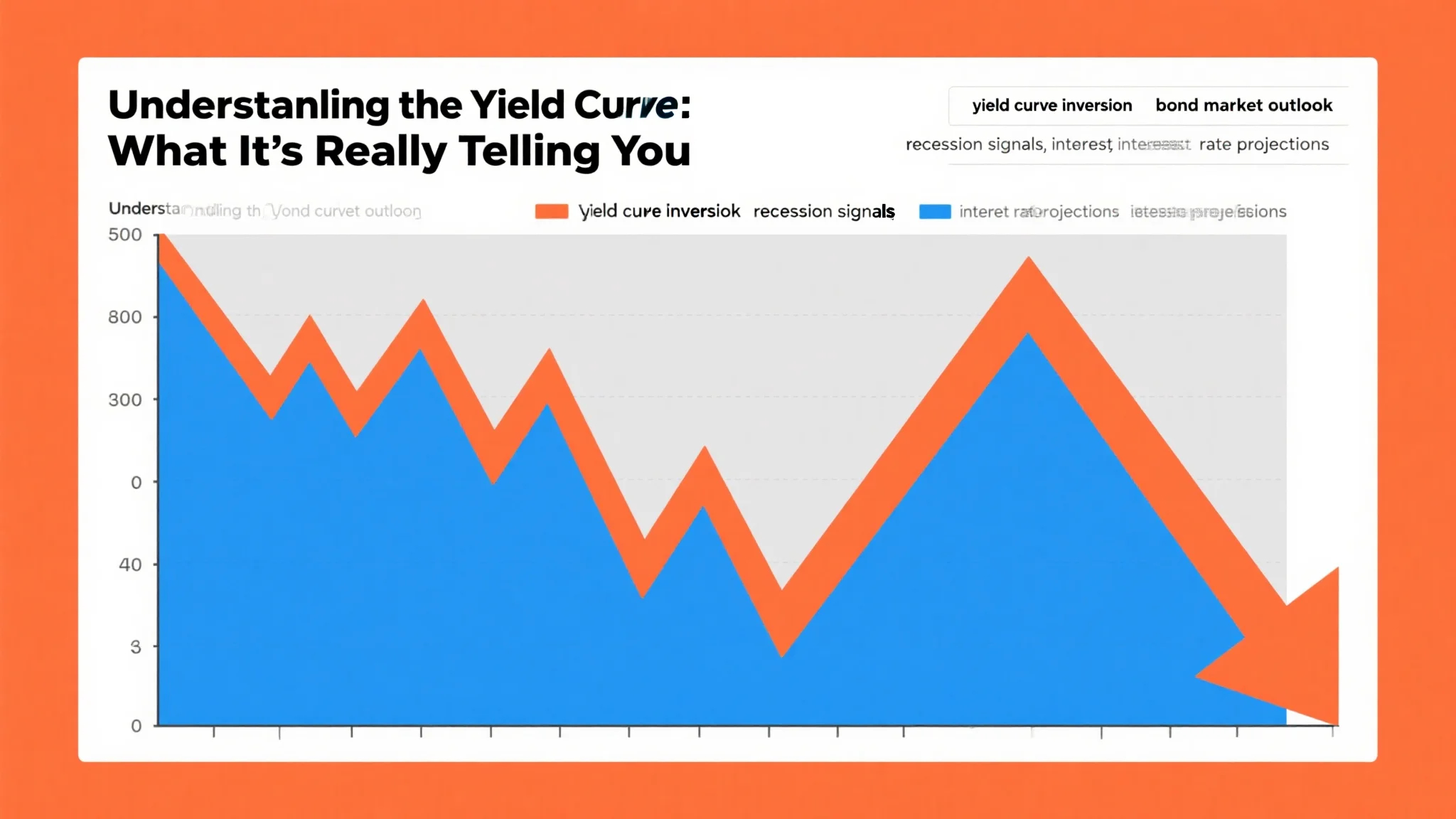
Understanding the Yield Curve: What It’s Really Telling You
Yield Curve Inversion Explained
The phenomenon of yield curve inversion occurs when short-term interest rates exceed long-term rates, creating an inverted yield curve shape. This unusual market condition has preceded every U.S. recession since 1955, making it one of the most reliable economic indicators available to investors. The inversion typically happens when investors expect economic growth to slow significantly.
When analyzing yield curve inversion, economists focus on the spread between 2-year and 10-year Treasury yields as the primary indicator. The duration and depth of the inversion provide clues about the potential severity of an upcoming economic downturn. Recent inversions have been particularly noteworthy due to their persistence and global synchronization.
Bond Market Outlook in Current Conditions
The current bond market outlook reflects significant uncertainty about future economic growth and inflation. Investors are grappling with conflicting signals from various economic indicators while central banks continue tightening monetary policy. This environment has created unusual volatility across fixed income markets.
Developing an accurate bond market outlook requires understanding how different bond sectors respond to changing economic conditions. Treasury securities, corporate bonds, and municipal bonds each tell different parts of the economic story. The most comprehensive analyses examine yield spreads across these sectors for early warning signals.

Recession Signals from Fixed Income Markets
Fixed income markets provide several recession signals beyond just the yield curve. Credit spreads, commercial paper rates, and inflation breakevens all offer valuable insights into economic health. When multiple indicators align, they create a stronger case for impending economic weakness.
Interpreting recession signals from bond markets requires distinguishing between cyclical downturns and structural economic shifts. The most reliable approaches combine quantitative models with qualitative assessments of market sentiment. Regular monitoring helps investors identify turning points in the economic cycle.
Interest Rate Projections and Their Implications
Market-based interest rate projections derived from fed funds futures and overnight index swaps provide forward-looking views on monetary policy. These instruments reflect collective market expectations about future rate moves, though they’re not always accurate predictors of actual central bank actions.
When evaluating interest rate projections, investors should consider both the expected path of rates and potential policy errors. The most sophisticated analyses examine how different rate scenarios would impact various asset classes and economic sectors. Stress testing portfolios against multiple outcomes helps manage risk.
Economic Trend Analysis Through Yield Curves
Comprehensive economic trend analysis examines yield curve dynamics across different time horizons. The shape of the curve at various points – from 1-month to 30-year maturities – tells distinct stories about market expectations. Professional analysts create composite indicators that incorporate multiple yield curve measures.
Conducting economic trend analysis through yield curves requires understanding technical factors that can distort the pure economic signal. Regulatory changes, quantitative easing programs, and foreign investor flows all impact curve shapes. The most accurate interpretations account for these structural influences.
Building a Complete Market Understanding
The most successful investors combine analysis of yield curve inversion patterns with the broader bond market outlook. They monitor recession signals while incorporating interest rate projections into their economic trend analysis framework.
This multidimensional approach helps navigate uncertain markets while capturing opportunities across different economic scenarios. Regular reviews ensure strategies remain aligned with evolving market conditions.
Implementing Yield Curve-Informed Strategies
Proper implementation requires coordination between portfolio managers, fixed income analysts, and risk management professionals. Asset allocations must reflect both current yield curve signals and longer-term economic trends. Beginning the process with clear investment objectives ensures consistency during periods of market stress.
By understanding these yield curve dynamics, investors can position their portfolios to weather various economic scenarios. The combination of disciplined analysis and flexible execution creates opportunities regardless of how the economic cycle unfolds.


